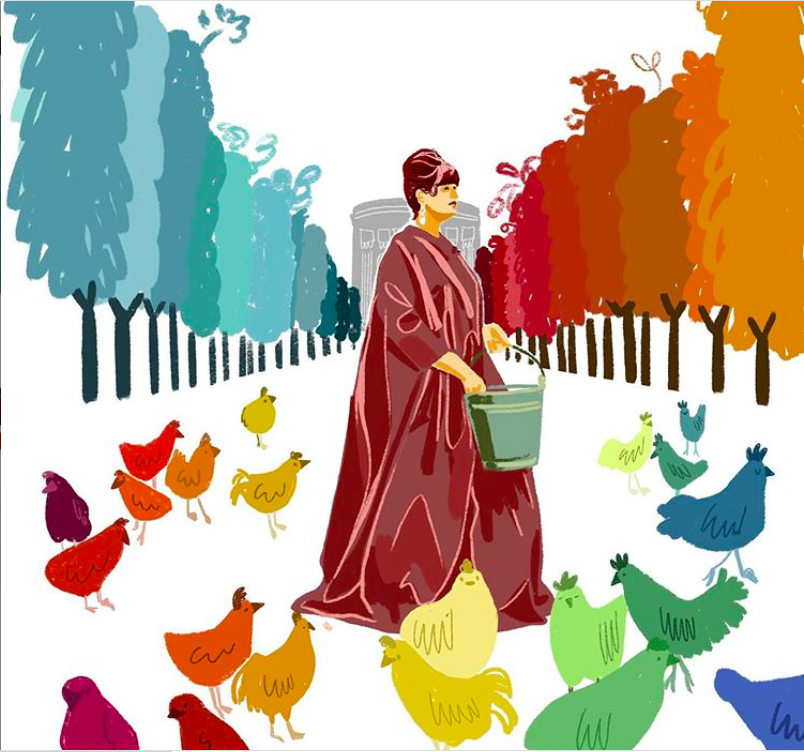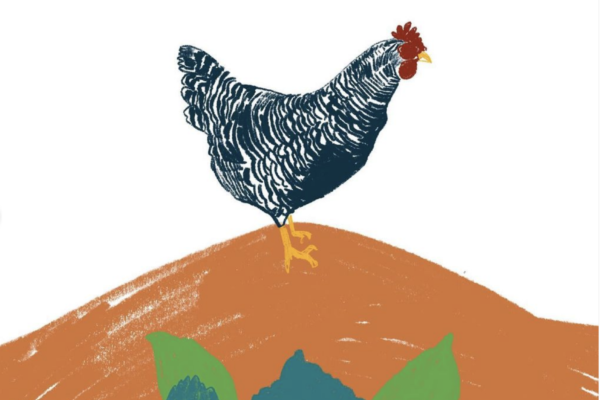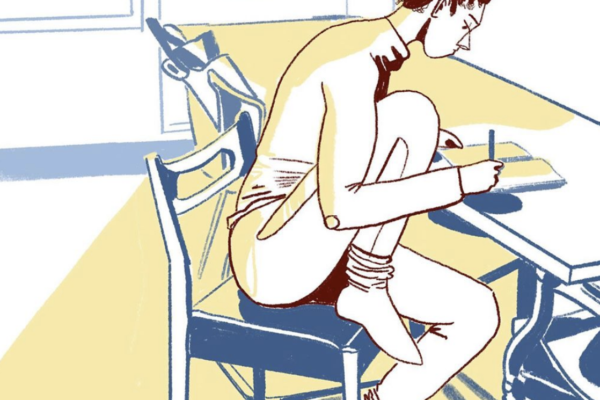by Raghav Rao
Have you ever sat down to write and felt a little stiff? Just as one must practice physical feats — weight lifting, running long distances, long jumping, the writing voice is a muscle that needs exercise to stay spry. But it can be difficult to know exactly how to being when the aim is to loosen up your writing muscles. Enter: the open-ended writing exercise.
There are fundamental precepts to a well-designed open-ended writing exercise:
- It should be repeatable
- It should be flexible, open to off-the-cuff adaptation
- There should be no right answers; i.e., the exercise should make room for mess-making and play
There are, of course, the one-of-a-kind, never-to-be-repeated-again writing exercises, but that’s not what we’re talking about.
Today, I’d like to share the writing exercise that I use the most. I’m not claiming it’s the world’s best, but I use it almost daily, and through repetition, I have come to trust it. I know that if I commit enough to it, it can take me through to the other side — the space in the post-inertia, resistance-free writing phase that I use interchangeably with the word “flow.”
The exercise is called “Voice, Inside, Outside”
- Breathe. This is vital. Do not skip it.
- Try and remember something someone said yesterday. Write it down.
- Describe something in the room.
- This doesn’t have to sound good; keep it simple. For example: There is a clock on the wall. There is a water bottle on the desk. It is blue. The floor is carpeted. When you’re ready, move on to the next step.
- [Optional] Go to the window, return to your desk, and describe something outside the room.
- Write. Follow any line of thought that comes to you.
If you get stuck, go back to describing objects in the room until your train of thought picks up again.
I use Voice, Inside, Outside with all my students. Initially, it has the same results as any other writing exercise. They commit. They get to the other side. They surprise themselves.
We repeat this exercise seven or eight times over the course of the semester / quarter. Inevitably, they have one or two less-than-stellar sessions. Again, that’s normal. But after the first four sessions, I notice an energy shift. I say, “Okay, we’ll start class with Voice, Inside, Outside.” Everyone knows what we’re going to do. They slide into the activity with no resistance. They have been here before. They have experienced it. And they trust it.
And, most times but not all the time, it gets them to the other side. At the end of semester, when we reflected on what we’ve learned, they identify this exercise as one specific tool that they intend to use moving forward. Without the repetition, I doubt a single exposure to the exercise would generate that response.
Why does this exercise help us get to the other side?
I can speak for myself here. The VOICE component helps to get me out of my interior-facing conscious mind, otherwise known as the “thinking” mind. The sound of a person talking returns me to the social fabric of life.
The INSIDE and OUTSIDE components engage my senses. And that’s vital, of course, for reasons we can get into elsewhere. By keeping the observations mundane, I’m relieving the pressure of writing “intelligently,” or “beautifully,” or “in a writerly way.” It creates scope for messy or “bad” writing. This is actually exactly what I want, from myself and from my students.
The final free write relies on the associative powers of the brain. I believe that writing emerges from values, and what I want to write about is never really that far away. Once the fingers are moving — like stretches before exercise — and inertia is broken, and the senses engaged, and I feel connected to the social fabric, the material flows in the voice of one of my characters or mis en scene somewhere in the work. And if it doesn’t, I go back.
There is a clock on the wall. There is a water bottle on the desk. It is blue. The floor is carpeted.
Because I’ve been here before. And I trust it to get me to the other side.
There is great psychological strength in having done something before. Draw on that strength. Draw now on the times before. Invest now for strength in the future.





No Comments